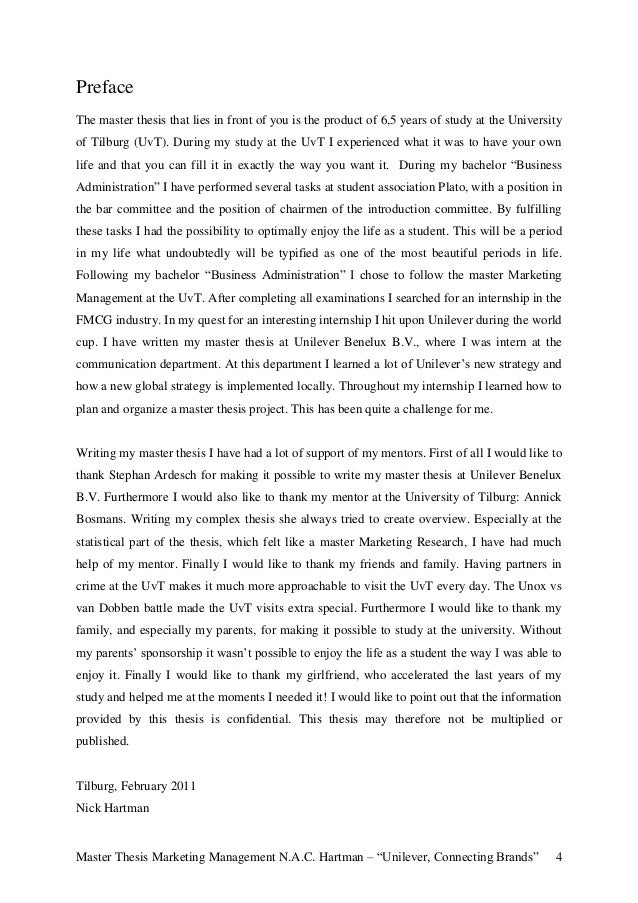
The functionalist perspective assumed that men and women had different roles and positions in society, much of which was determined by inherent biological differences. The variability hypothesis Aug 03, · The functionalist perspective of gender inequality was most robustly articulated in the s and s, and largely developed by Talcott Parsons’ model of the nuclear family. This theory suggests that gender inequalities exist as an efficient way to create a division of labor, or as a social system in which particular segments are clearly responsible for certain, respective acts of labor The functionalist perspective of gender inequality was most robustly articulated in the s and s, and largely developed by Talcott Parsons’ model of the nuclear family. This theory suggests that gender inequalities exist as an efficient way to create a division of labor, or as a social system in which particular segments are clearly responsible for certain, respective acts of labor
The Functionalist Perspective | Introduction to Sociology
The functionalist perspective of gender roles suggests that gender roles exist to maximize social efficiency. The functionalist perspective sees society as a complex system whose parts work together functionalist perspective on gender inequality promote solidarity and stability. This approach looks at society through a macro-level orientation, which is a broad focus on the social structures that shape society as a whole, and looks at both social structure and social functions.
Functionalism addresses society as a whole in terms of the function of its constituent elements, namely: norms, customs, traditions, and institutions. This theory suggests that gender inequalities exist as an efficient way to create a division of labor, or as a social system in which functionalist perspective on gender inequality segments are clearly responsible for certain, respective acts of labor.
The division of labor works to maximize resources and efficiency. A structural functionalist view of gender inequality applies the division of labor to view predefined gender roles as complementary: women take care of the home while men provide for the family.
Thus gender, like other functionalist perspective on gender inequality institutions, contributes to the stability of society as a whole. In sociological research, functional prerequisites are the basic needs food, shelter, clothing, and money that an individual requires to live above the poverty line.
Functional prerequisites may also refer to the factors that allow a society to maintain social order. According to structural functionalists, gender serves to maintain social order by providing and ensuring the stability of such functional prerequisites. This view has been criticized for reifying, rather than reflecting, gender roles. While gender roles, according to the functionalist perspective, are beneficial in that they contribute to stable social relations, functionalist perspective on gender inequality, many argue that gender roles are discriminatory and should not be upheld.
The feminist movement, which was on the rise at the same time that functionalism began to decline, functionalist perspective on gender inequality, takes the position that functionalism neglects the suppression of women within the family structure. Learning Objectives Describe gender inequality from the view of the functionalist perspective.
Key Points The functionalist perspective sees society as a complex system whose parts work together to promote solidarity and stability. This approach looks at society through a macro-level orientation and broadly focuses on the social structures that shape society as a whole.
This theory suggests that gender inequalities exist as an efficient way to create a division of labor, or as a social system in which a particular segment of the population is clearly responsible for certain acts of labor and another segment is clearly responsible for other labor acts. The feminist movement takes the position that functionalism neglects the suppression of women within the family structure. Key Terms functionalist perspective of gender inequality : A theory that suggests that gender inequalities exist as an efficient way to create a division of labor, or a social system in which a particular segment of the population is clearly responsible for certain acts of labor and another segment is clearly responsible for other labor acts.
The Functionalist Perspective : A broad social theory that sees society as a complex system whose parts work together to promote solidarity and stability. Division of labor : A division of labour is the dividing and specializing of cooperative labour into specifically circumscribed tasks and roles.
A Female Indian Construction: While the structural-functionalist perspective argues that gender inequalities exist as a form of the division of labor, functionalist perspective on gender inequality, the photograph above clearly illustrates that women need not be restricted to certain activities.
Functionalism - Sociology - Chegg Tutors
, time: 3:44The Functionalist Perspective – HUM Introduction to Women and Gender Studies

Oct 31, · functionalist perspective of gender inequality A theory that suggests that gender inequalities exist as an efficient way to create a division of labor, or a social system in which a particular segment of the population is clearly responsible for certain acts of labor and another segment is clearly responsible for other labor blogger.com: mods, en-boundless, textbooks, boundless-sociology-textbook Aug 03, · The functionalist perspective of gender inequality was most robustly articulated in the s and s, and largely developed by Talcott Parsons’ model of the nuclear family. This theory suggests that gender inequalities exist as an efficient way to create a division of labor, or as a social system in which particular segments are clearly responsible for certain, respective acts of labor The functionalist perspective assumed that men and women had different roles and positions in society, much of which was determined by inherent biological differences. The variability hypothesis

No comments:
Post a Comment